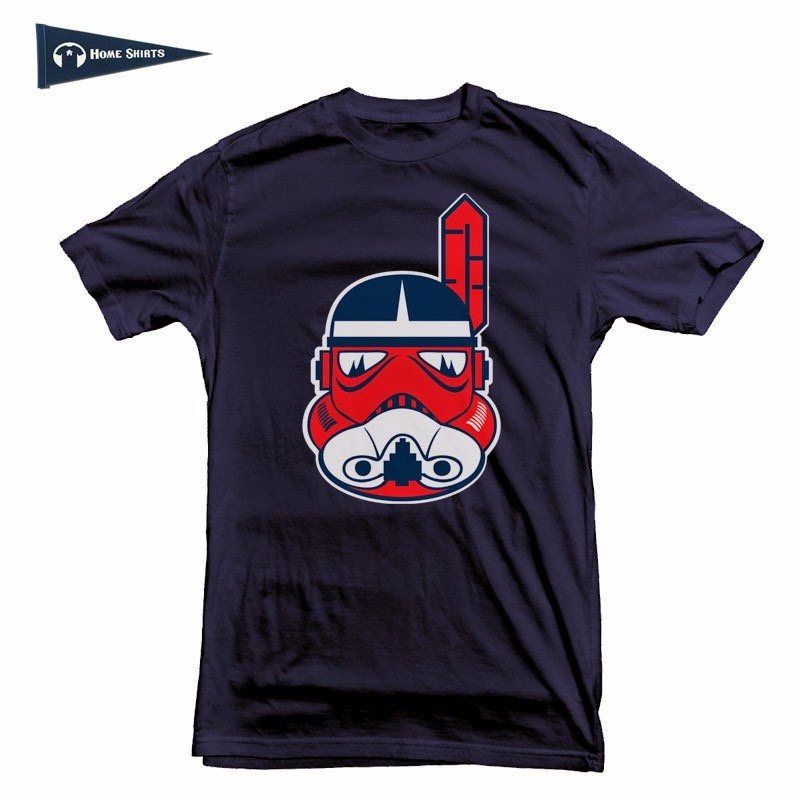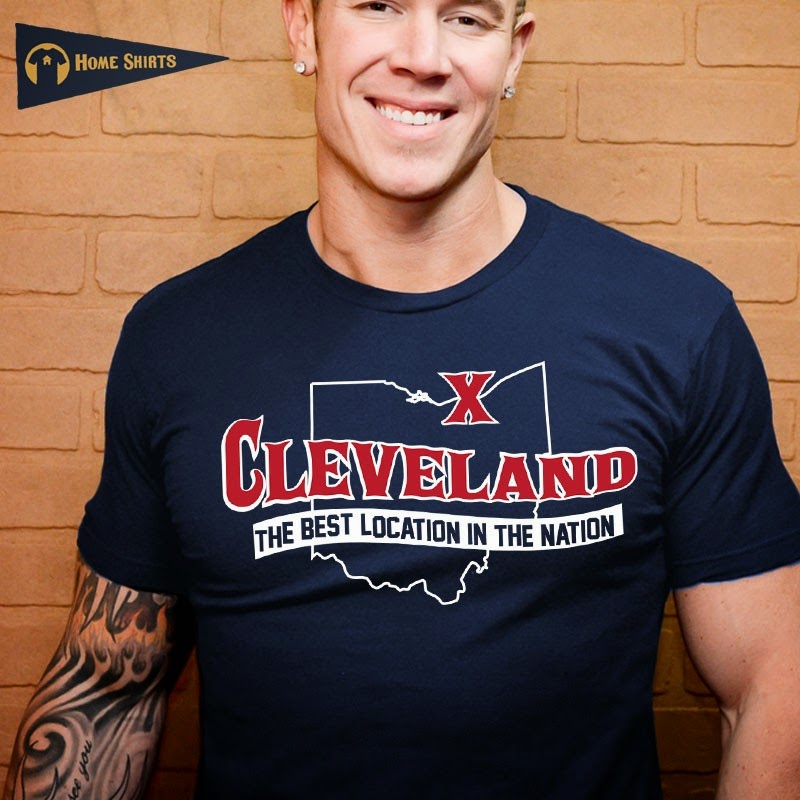In 1964, the Tribe almost became the Seattle Indians. The Oakland Indians and the Texas Indians were also a possibility.
 |
| Sick's Stadium in Seattle was almost home to the Tribe in 1964 |
Most Cleveland Indians fans are familiar with the plot of the 1989 film Major League. In that cult-classic, former showgirl and recent widow Rachel Phelps becomes the owner of the Indians after the team is left to her by her late husband. She immediately hatches a plan to move the team to Miami. This, of course, takes place pre-Marlins, who ironically would go on to beat the Tribe in the 1997 World Series. What many fans might not remember is that the Tribe almost left Cleveland 25 years before the events of Major League.
In 1964 then Indians majority owner Gabe Paul was not happy with the dwindling attendance the Tribe was experiencing and even less pleased with team’s lease at Municipal Stadium. The 1963 Indians had drawn only 7,200 fans a game and Paul began entertaining offers from other cities. Business and civic leaders from Arlington, Texas, Atlanta, Seattle, and Oakland pursued a deal, with the latter two being the front-runners to lure the team away from the shores of Lake Erie. It wasn’t the first time the team had eyed a move. In 1958, it was strongly rumoured that owner William R. Daley was set to move the club to Minnesota, a claim GM Frank Lane repeatedly denied to the media throughout the season.
In September of 1964 though, a group of California businessmen offered Gabe Paul, who had purchased controlling interest in the team a year earlier, $6.5 million to move the team to Oakland. Paul rejected the offer. Meanwhile, a group in Seattle mounted a drive to sell 8,000 season tickets for the 1965 season in hopes of swaying the Indians to take up residence in Sick’s Stadium (pictured). The day after the second game of the 1964 World Series, Paul flew to the Pacific Northwest and planned to visit Oakland afterwards. Oddly, Seattle’s minor league team was named the Indians from 1903 to 1937 when they became the Rainiers, then briefly the Angels from 1965-1968, before going back to the Rainiers.
Earlier in 1964, ground was broken for the Oakland-Alameda County Coliseum, but delays and cost overruns would keep that facility from being opened until the fall of 1966 when the AFL’s Oakland Raiders hosted their arch rivals the Kansas City Chiefs. Atlanta was only briefly in the running as the Milwaukee Braves, despite great success in Wisconsin both on the field and at the box office, were looking to relocate to the rapidly growing Georgian capital. Arlington had the financial resources to bring the Indians south, but the move would have required Turnpike Stadium, set for completion in 1965, to be expanded. It eventually was (and then renamed Arlington Stadium) when the Washington Senators moved there in 1972.
It was Seattle, however, that posed the biggest threat to Cleveland. The rumors and speculation swirled for over a month, but on October 16, 1964, the Indians announced their intention to stay in Cleveland, thanks in large part to much more favorable stadium lease. In 1966 frozen food magnate Vernon Stouffer bought 80% of the team making him the majority owner. Paul stayed on as president and general manager. Stouffer was motivated to make the purchase to ensure the Tribe stayed put. However, in 1971 he struck a deal that would have had the Indians playing 30 home games in New Orleans’s Superdome in 1974, perhaps as a precursor to moving to the Big Easy. American League owners voted that idea down.
Seattle fans were disappointed to hear that the Indians were not going to move west. Indeed, an Associated Press wire story from September 11, 1964 called the move all but certain, further building the Emerald City’s hopes. They’re sour mood didn’t last too long, as in December of 1967 the American League awarded the city an expansion franchise that would become known as the Pilots. They began play in 1969, but moved to Milwaukee a year later and became the Brewers.
Had Cleveland lost the Indians in 1964, one wonders if baseball would have returned to the city? Washington, D.C., and Kansas City both received expansion franchises after losing teams, but it’s unclear if Cleveland would have been given the same consideration. Also, had the Tribe moved, the world might never have heard of the NFL’s Baltimore Ravens.
With no Indians, Art Modell would have gotten the new stadium he coveted, and would have never had the slightest inclination to move the team to Baltimore. If Cleveland had been granted an expansion franchise by Major League Baseball, it’s fun to speculate what the team would have been called, presuming the Indians kept the old name in their new home. The Cleveland Spiders? The Blues? Bluebirds? What do you think? – By PF Wilson
Like vintage Cleveland/NE Ohio stuff? Be sure to check out Home Shirts Cleveland for apparel featuring gone, but not forgotten, stores, restaurants, sports teams, and more from the North Coast.




